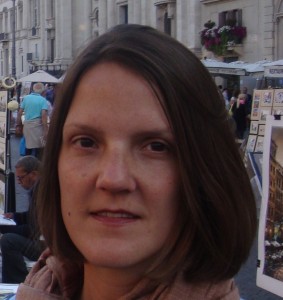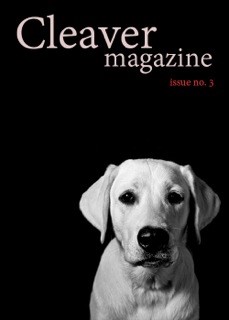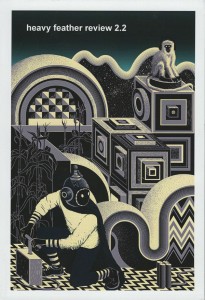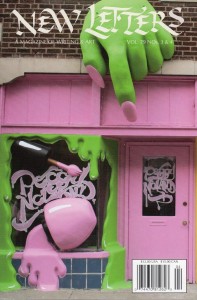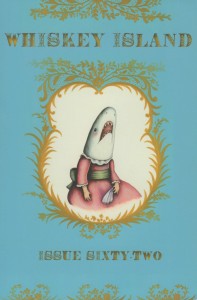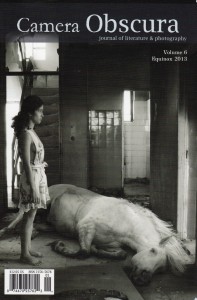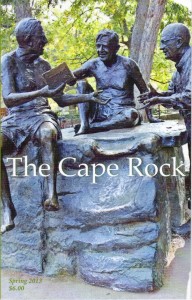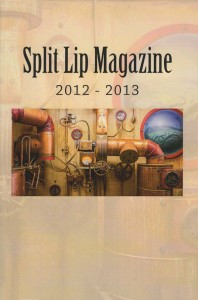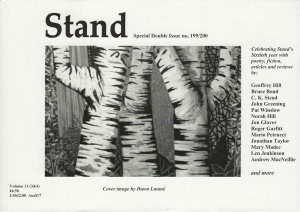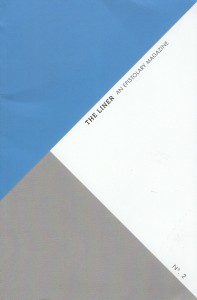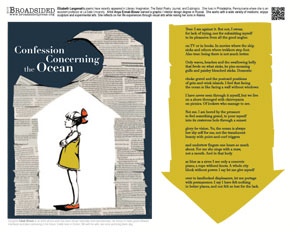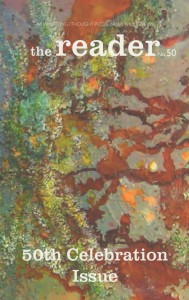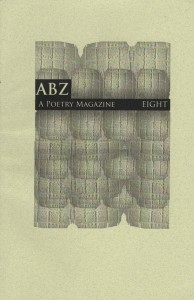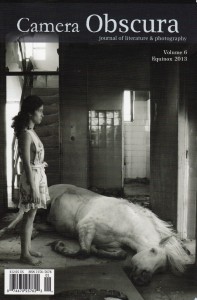Versal, the go-get ’em lit mag from Amsterdam, the Netherlands has announced it will be taking “an intermission.” I’ve been impressed with the Versal staff over the years, their high energy approach to AWP gave me a glimpse into what they must give to the publication on a daily basis. They also recently began developing a more systematic business approach to their work, involving a consultant and sharing during panel presentations their ‘lessons learned’ so that other publications might benefit and learn to thrive rather than just survive. So, it’s with some surprise that this information came across my e-mail, but also with great hope for Versal that this ‘intermission’ will help them do exactly as they note, and allow them to come back as the model powerhouse they had become. My best to the Versal staff!
From the Versal Staff:
Versal released our 11th issue in May to critical acclaim. Our 11th issue means we’ve been on the scene for 11 amazing years, curating the best prose, poetry, and art from practitioners around the world, for an international audience.
With that many years under our belt, we’ve seen and learned a lot. The literary landscape has changed drastically since we published our first issue back in 2002.
We’ve changed as well.
Where we’re going
We’re eager to improve the way we do things–logistically and conceptually. This means retiring old processes and moving over to better ways of running a journal and exploring projects we’ve had on the backburner.
To give ourselves breathing room for these exciting new developments we’ve decided to go on a sabbatical of sorts, pausing the release of the next issue of Versal and therefore its reading period. We’ll make an announcement as soon as we’re ready to begin reading for issue 12.
All of our subscribers will receive an email detailing options regarding their subscriptions.
What to expect this year
Though we’re not producing an issue right now, we are continuing to put on events in Amsterdam and elsewhere. Watch our Twitter and Facebook page for news, including announcements regarding This is Not a Reading Series and our Journal Porn event in Seattle at AWP!
So, keep writing, creating, and keep in touch. We’ll be back with Versal 12 recharged, rebooted, and better than ever.

